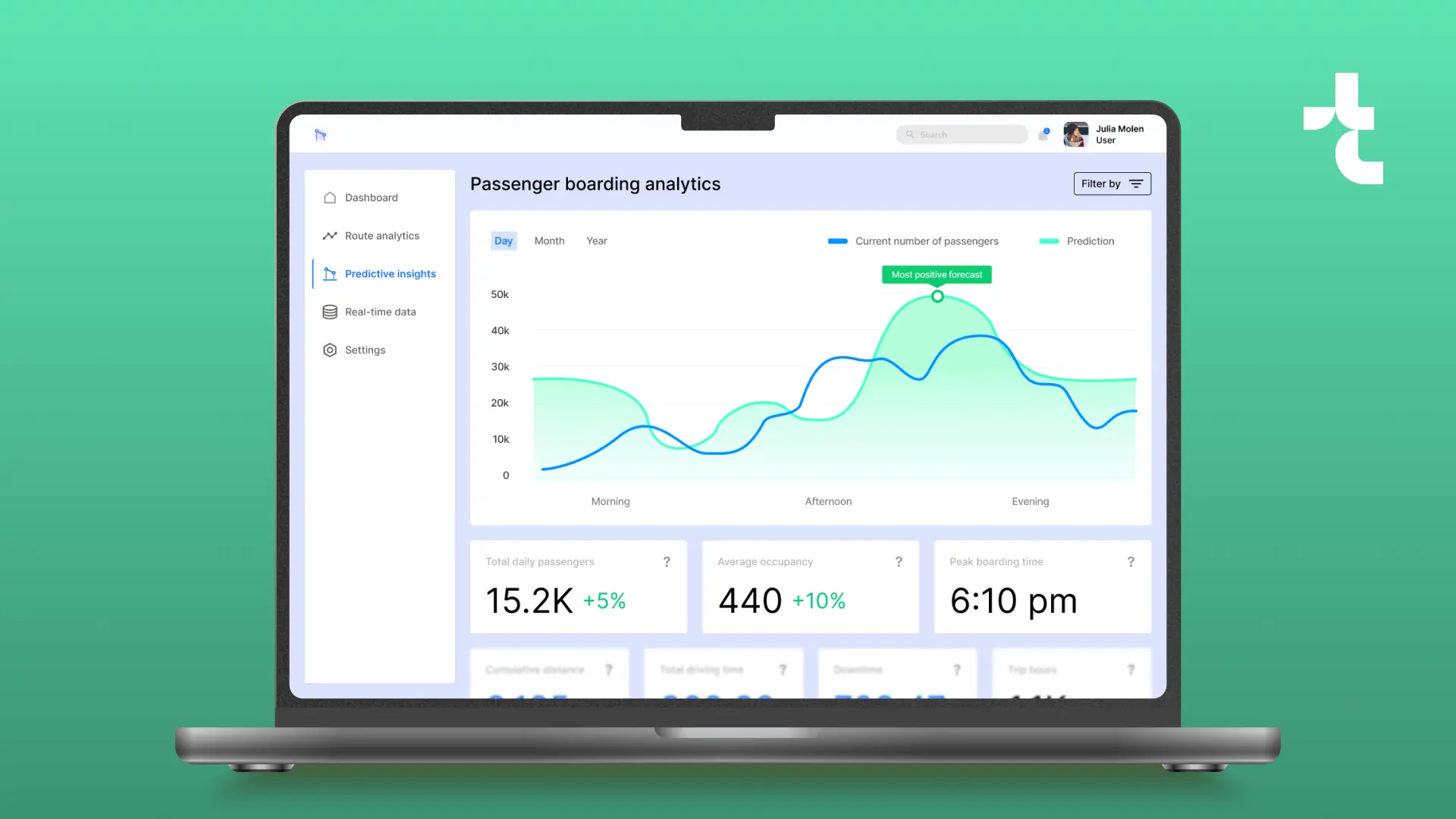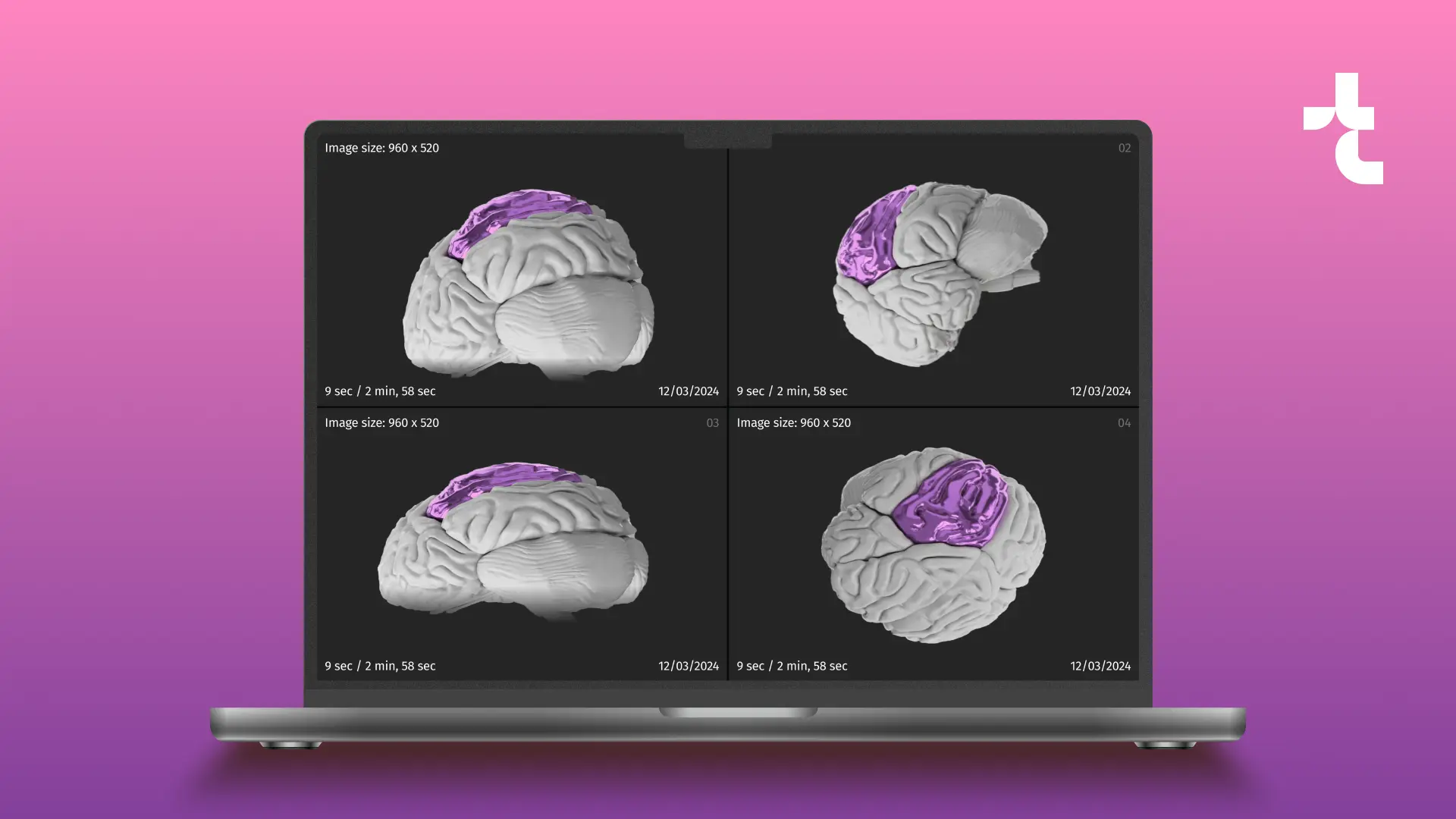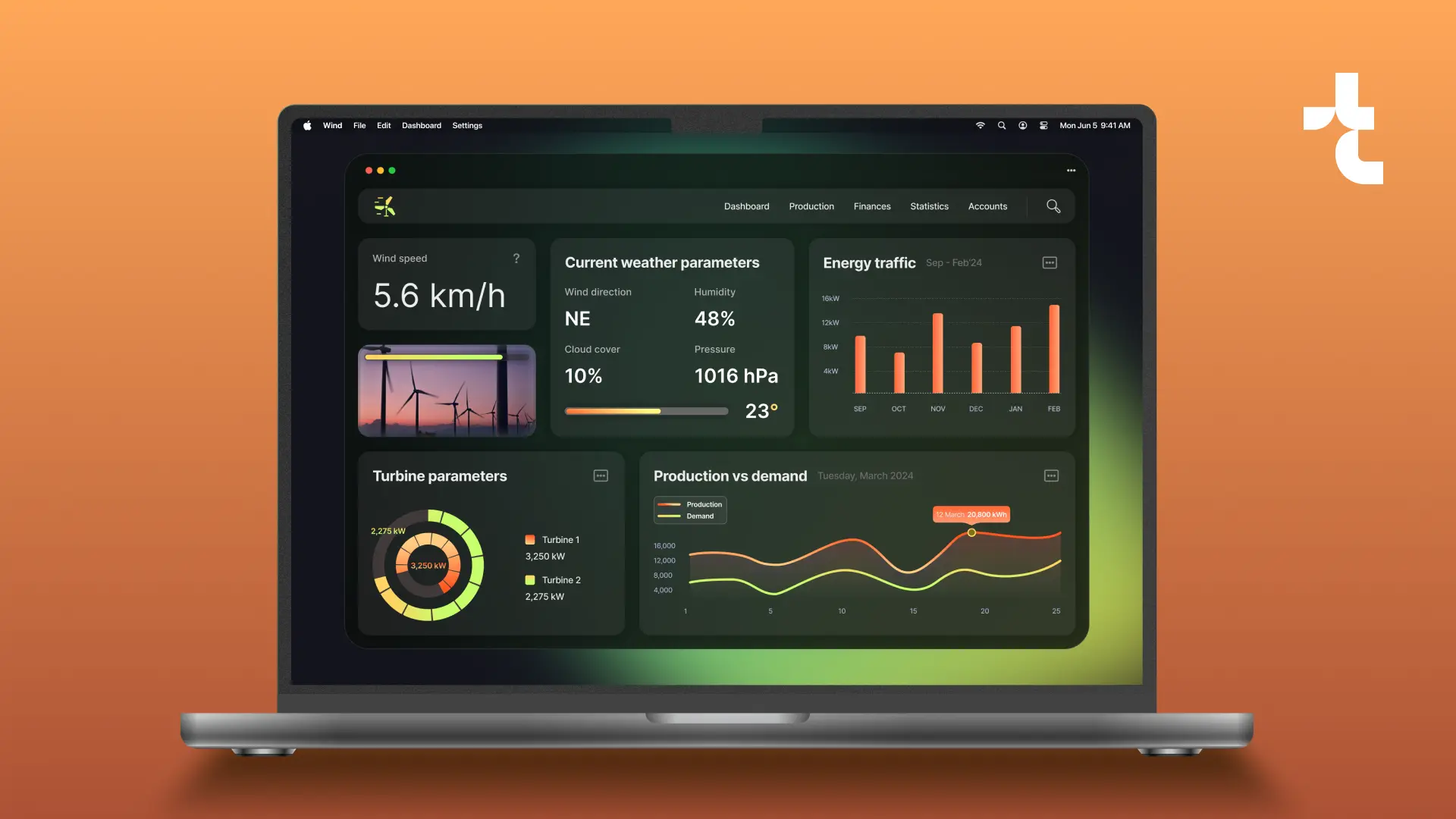Industrial IoT solution
Carbon Capture Technology Solution
A cloud-based industrial IoT solution built for real-time data processing and communication. It uses MQTT for efficient data transfer, Docker for flexible deployment, and Solara with FastAPI for seamless integration with the IoT cloud.
Designed for reliability and scalability on Google Cloud Platform (GCP).
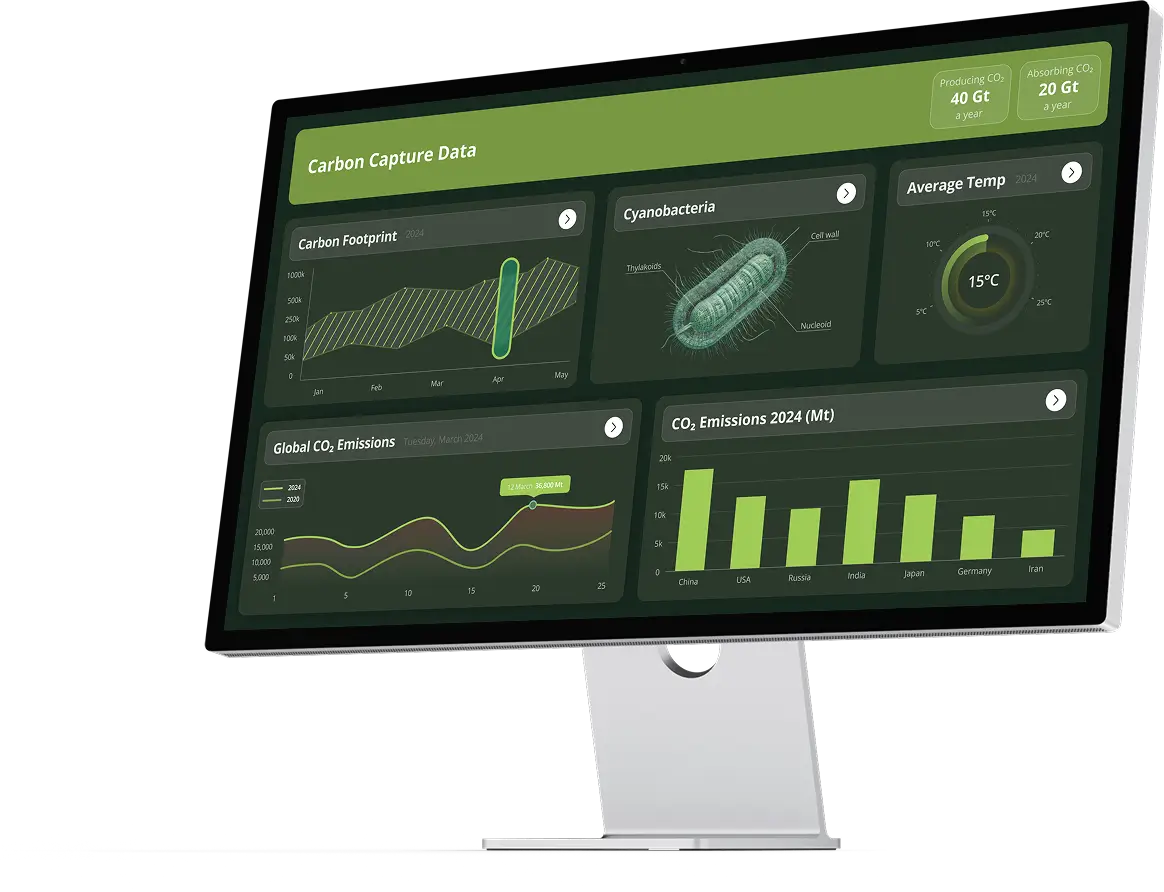
Client*
Project in numbers
January – August 2024 (8 months)
The team involved in the project
2 x Developers from the client side
3 x Python backend engineers
Challenge
Related objectives
Manage data communication between devices
Secure data transfer
Ongoing support
Solution & functionality
Our developers leveraged Solara and FastAPI to streamline efficient application development for the client, while integrating Looker to enhance data visualization for monitoring industrial IoT and carbon capture utilization. Through continuous support, we ensured long-term scalability and optimized production processes for the client’s needs.
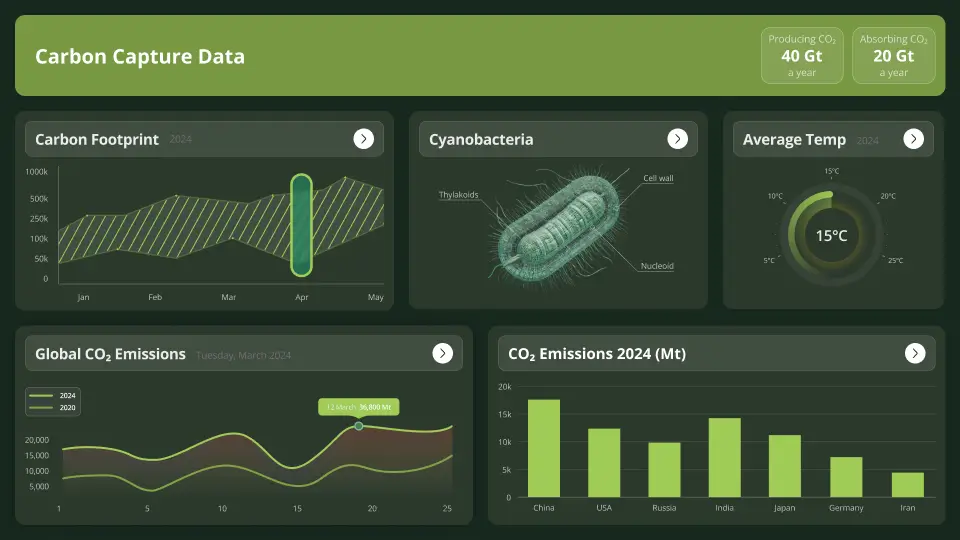
Looker
Template dashboards and reporting using Looker and GCP.
Dashboard
The dashboard is dockerized and optimized for performance, providing a faster and more reliable solution for real-time data processing.
Backend
The backend involves the optimization of IoT infrastructure, dockerization of cloud and local infrastructure, implementation of a caching server, and deployment of the pipeline to GCP.
Results and business value
The implemented IoT communication system drastically improved the client’s ability to handle real-time data processing, enabling seamless IoT data transfer between industrial devices. By leveraging MQTT, Docker, and FastAPI, the solution enhanced scalability, security, and cloud readiness, positioning the company for long-term growth in carbon capture, utilization, and storage (CCUS).
The solution enables secure, real-time IoT communication through MQTT, ensures cloud-based scalability using Docker and GCP, and delivers efficient management of industrial IoT data.
The implementation enhanced analytics and monitoring capabilities via Looker dashboards, while ensuring long-term reliability through continuous support and ongoing feature enhancements.
Related cases
Get in touch with us
Book a call or fill out the form below and we’ll get back to you once we’ve processed your request.
What happens next?
An expert contacts you after thoroughly reviewing your requirements.
If necessary, we provide you with a Non-Disclosure Agreement (NDA) and initiate the Discovery phase, ensuring maximum confidentiality and alignment on project objectives.
We provide a project proposal, including estimates, scope analysis, CVs, and more.
We're here to help!

Relationship Manager

Marketing Lead

